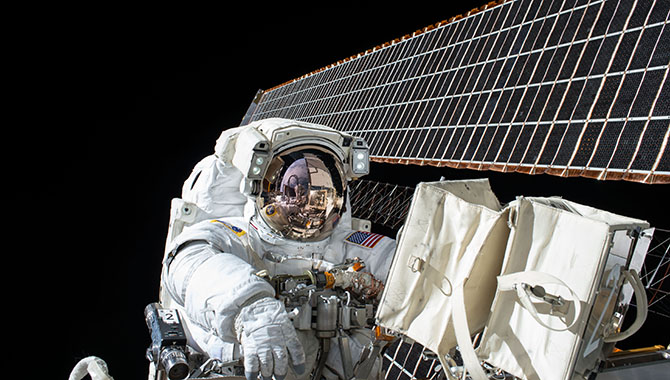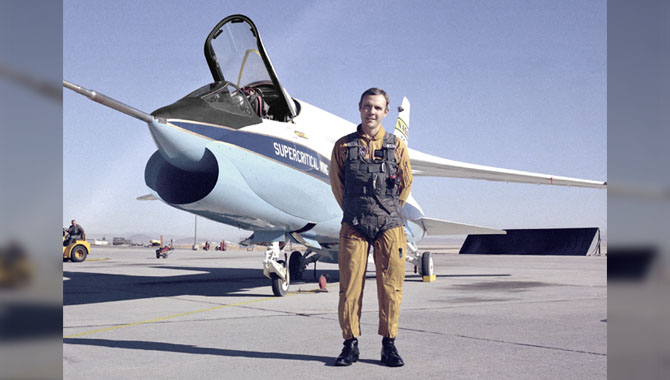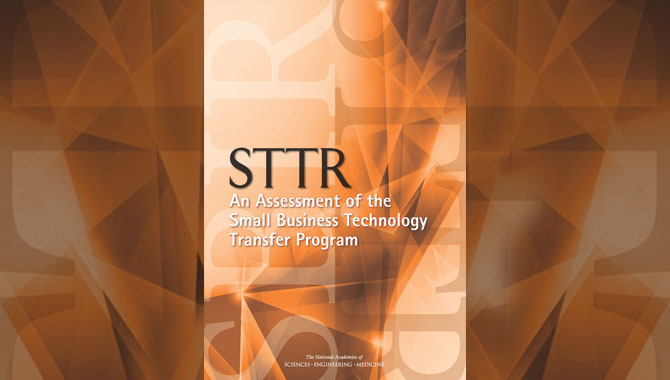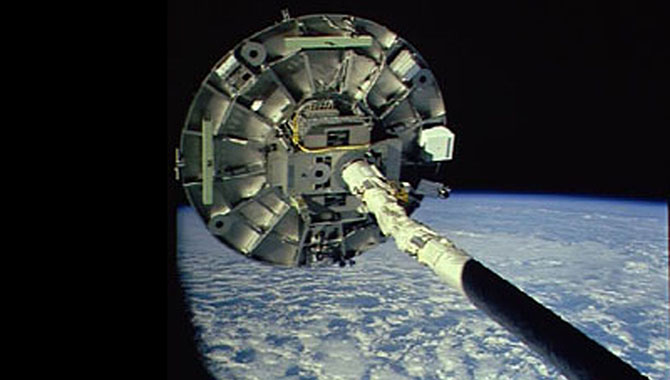
How does APPEL support achievement at NASA? Find out in the Academy’s Fiscal Year (FY) 2015 Annual Report.

How does APPEL support achievement at NASA? Find out in the Academy’s Fiscal Year (FY) 2015 Annual Report.

In a recent Virtual Project Management (PM) Challenge, Cynthia Simmons and Vernell Jackson discussed how they rescued a project that was over budget and behind schedule.

After spending a year on the International Space Station (ISS), NASA astronaut Scott Kelly believes a long-duration crewed mission to the red planet is possible.

NASA’s journey to Mars includes robotic exploration of the red planet as well as eventual crewed missions. For both approaches, planetary protection is a critical issue.

Forty-five years ago this month, the first flight of NASA’s F-8 Supercritical Wing Project marked the start of increased speed and fuel efficiency across the aviation industry.

A recent National Academies report assessed the Small Business Technology Transfer (STTR) program, which advances technology through the support of NASA and other federal agencies.

On February 3, 1994, the first joint U.S.-Russia space shuttle mission lifted off from Kennedy Space Center (KSC) and rocketed toward orbit.

NASA Administrator Charlie Bolden underscored the intertwined futures of America and its space agency in his State of NASA address on February 9, 2016.

When the Space Launch System (SLS) blasts off for the first time in 2018, it will propel science and technology farther along the journey to Mars.